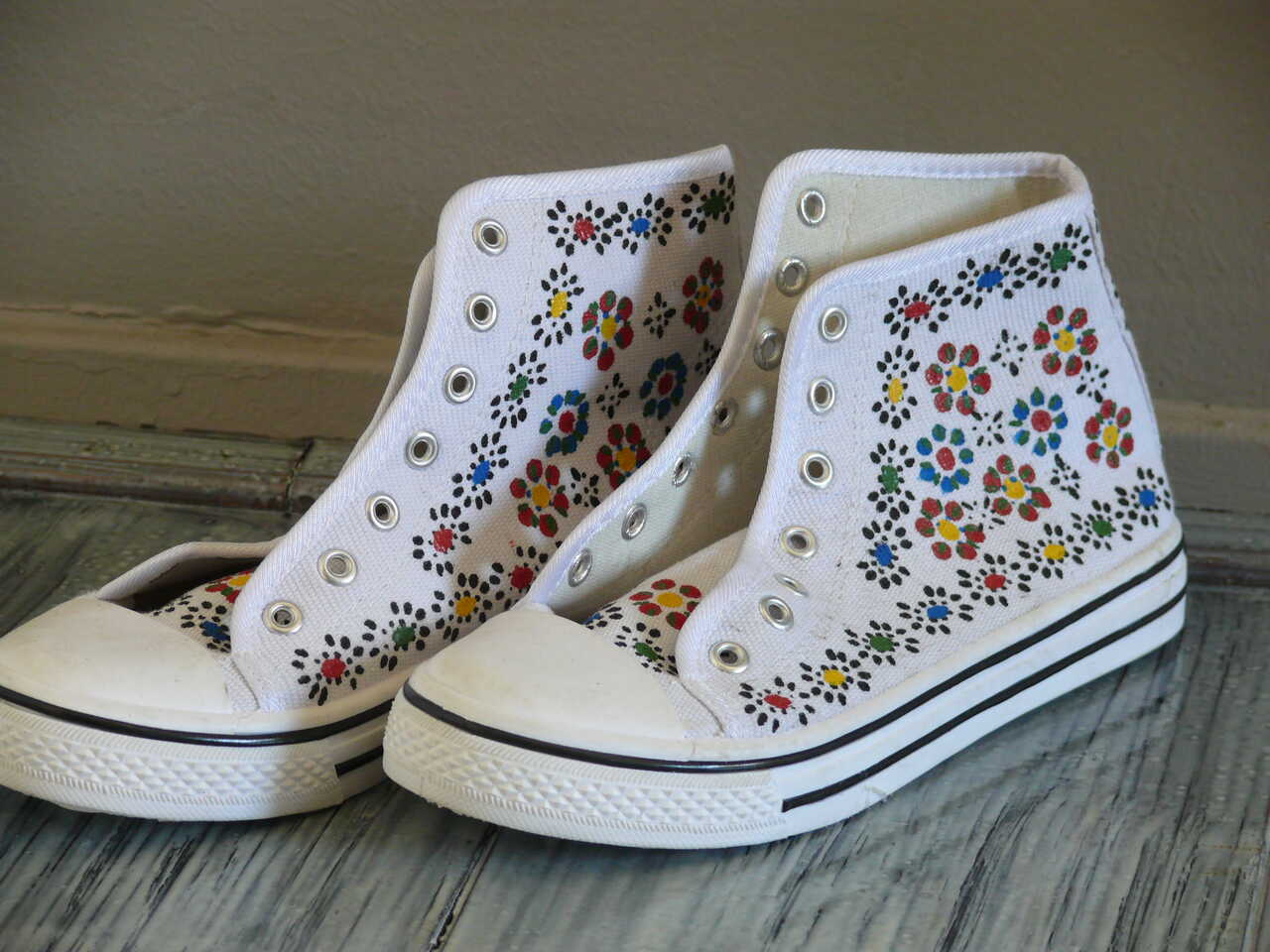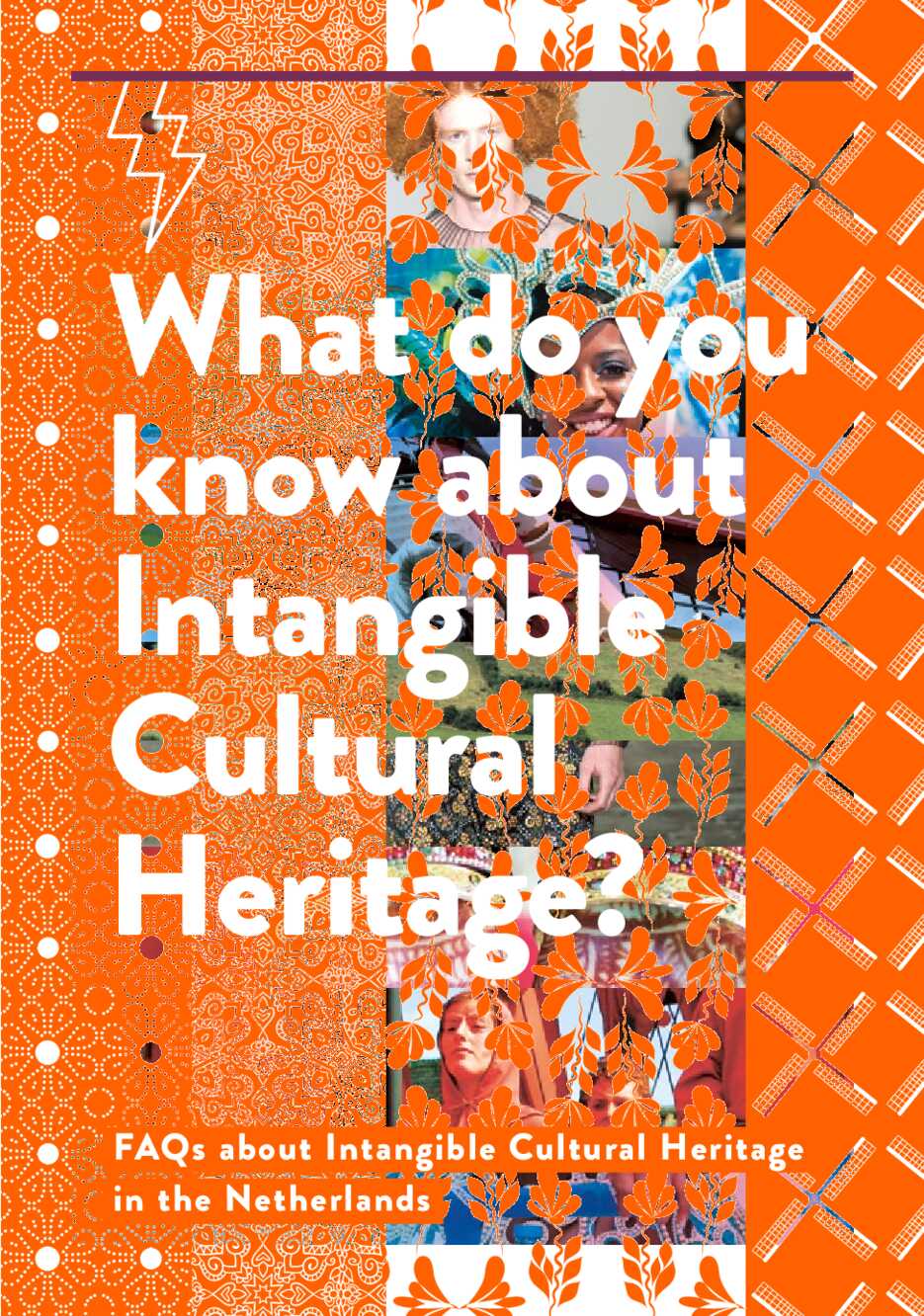Transmitted from generation to generation and from person to person
Intangible cultural heritage is the bridge between present, past and future. It is culture of today, creates a sense of connectedness with earlier generations and is at the same time future-orientated, because people wish to pass it on to next generations.
Dynamic heritage
Contrary to material heritage (buildings, objects, documents and monuments), intangible cultural heritage is a living and dynamic form of heritage, which adapts to and changes with time. It connects the community that practices it and identifies with it. Intangible cultural heritage constitutes the heart of that group of people, who often practice it with passion and on a voluntary basis.

